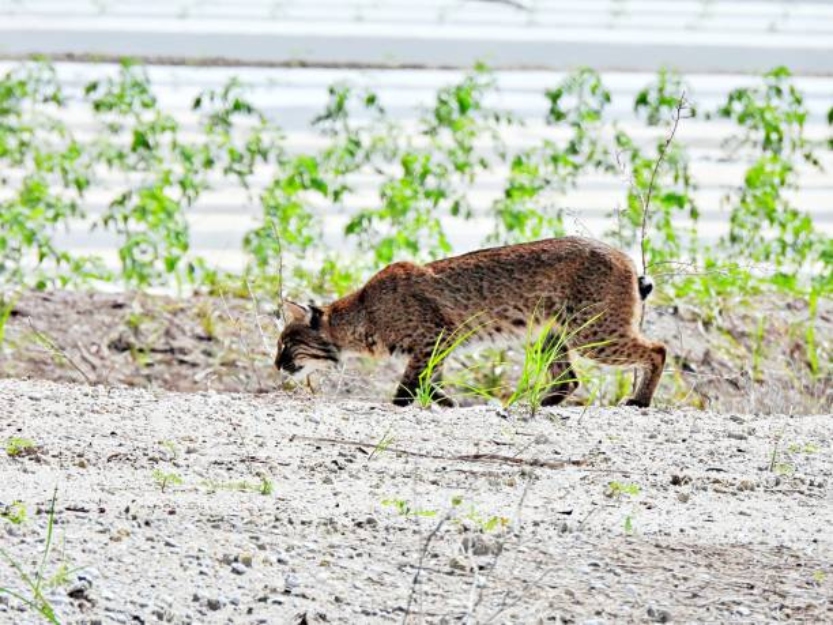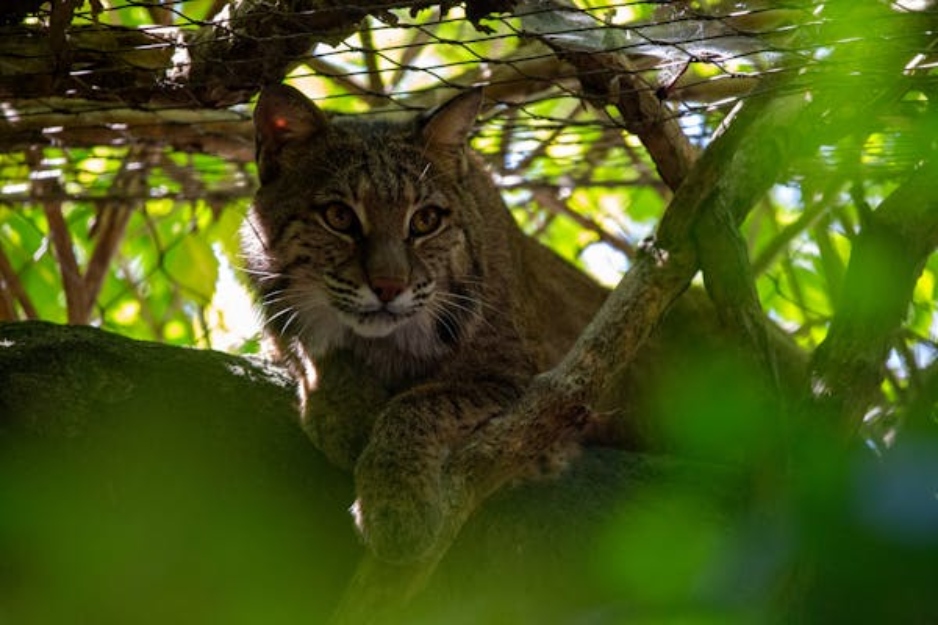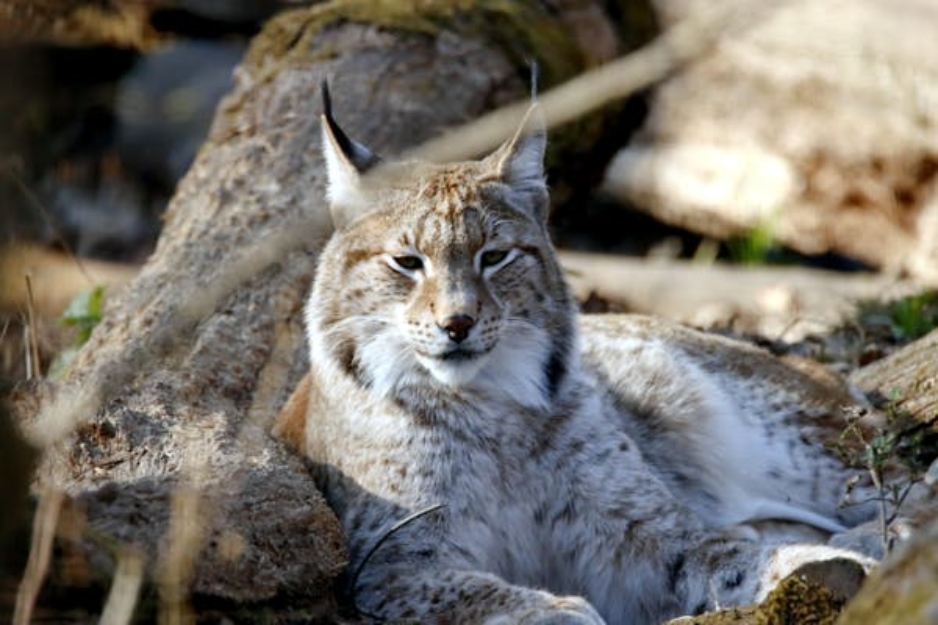
Across the U.S., bobcats are thriving, with populations increasing in many states due to their adaptability and effective conservation efforts. While their resurgence is a testament to successful wildlife management, it has brought new challenges for farmers, particularly those in rural and suburban areas. Bobcats are opportunistic predators, and their presence near farms can lead to conflicts, especially when livestock like chickens, goats, or lambs are targeted.
Understanding the Bobcat Boom

Bobcat populations have expanded significantly, with estimates suggesting there are now over 2 million bobcats in the U.S., more than double the population from the early 1980s. Their range now spans coniferous forests, deserts, and even suburban backyards. This expansion is fueled by changing land-use practices and improved wildlife monitoring and conservation efforts
The Farmers’ Perspective

For farmers, bobcats represent both a natural wonder and a potential threat. Their predation on small livestock can lead to significant economic losses. In Michigan, where bobcats are present in every county, farmers have voiced concerns about attacks on their poultry and young livestock
Non-Lethal Deterrents: A Win-Win

To mitigate conflicts, many farmers are turning to non-lethal deterrents. Motion-activated lights, loud noises, and guard animals such as dogs or llamas have proven effective in keeping bobcats at bay. In addition, some farmers are experimenting with habitat modifications, such as removing brush piles and securing animal enclosures to reduce hiding spots for bobcats near farmsteads
Collaborating with Conservationists

Programs that encourage coexistence are gaining traction. Wildlife organizations and agricultural extensions are working together to provide farmers with resources to protect their livestock while preserving bobcat populations. These include workshops on bobcat behavior and training on installing protective measures like electric fencing and reinforced pens
Ethical Hunting Practices

In states where bobcat hunting is permitted, hunting quotas are set to balance population control with ethical considerations. However, some argue that hunting alone is not a sustainable solution and advocate for integrated approaches that combine population management with conservation education
Monitoring and Research

Advanced monitoring techniques, including public sighting reports, trail cameras, and GPS tracking, are helping scientists better understand bobcat behavior and population dynamics. This data is crucial for creating informed management strategies that benefit both bobcats and human communities
Success Stories

Farmers in states like Texas and Minnesota have reported significant reductions in livestock losses after implementing these tactics. For instance, in Texas, a program providing subsidies for non-lethal deterrents has seen widespread adoption, leading to a notable decrease in bobcat-related complaints. This included adding llamas to the livestock.
Future Directions

As bobcat populations continue to grow, fostering a culture of coexistence will be vital. Educational campaigns aimed at dispelling myths about bobcats and highlighting their role in controlling rodent populations can help reduce unwarranted fears and promote their conservation.
The Economic Angle

Beyond ecological benefits, bobcats contribute to local economies through eco-tourism and wildlife watching. States with robust bobcat populations, such as Colorado and California, have seen an uptick in nature enthusiasts eager to catch a glimpse of these elusive cats
Farmers Speak Out

For many farmers, adapting to live alongside bobcats is about more than protecting their livelihoods; it’s about embracing a sustainable future. “We’re learning to work with nature, not against it,” says one farmer from northern Michigan, who has successfully safeguarded his livestock using non-lethal methods
Policy Implications

State and federal policies play a crucial role in facilitating peaceful coexistence. Programs that provide financial assistance for installing non-lethal deterrents and offer educational resources are vital in promoting harmony between humans and wildlife.
A Model for Coexistence

As the U.S. navigates the complexities of wildlife management, the bobcat-farmer dynamic serves as a compelling case study. It underscores the importance of balancing ecological health with human interests, paving the way for innovative solutions that could serve as a model for managing other predator species.
Stay connected with us for more stories like this! Follow us to get the latest updates or hit the Follow button at the top of this article, and let us know what you think by leaving your feedback below. We’d love to hear from you!







